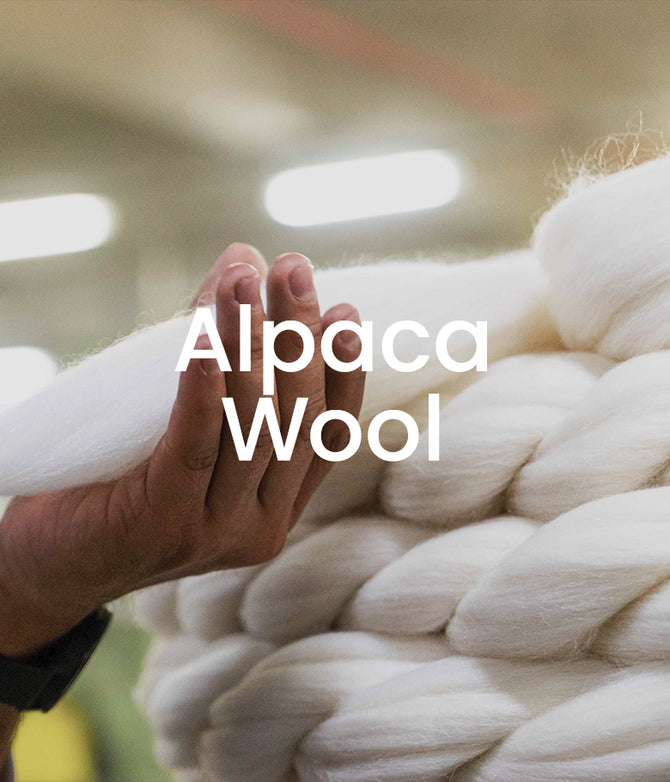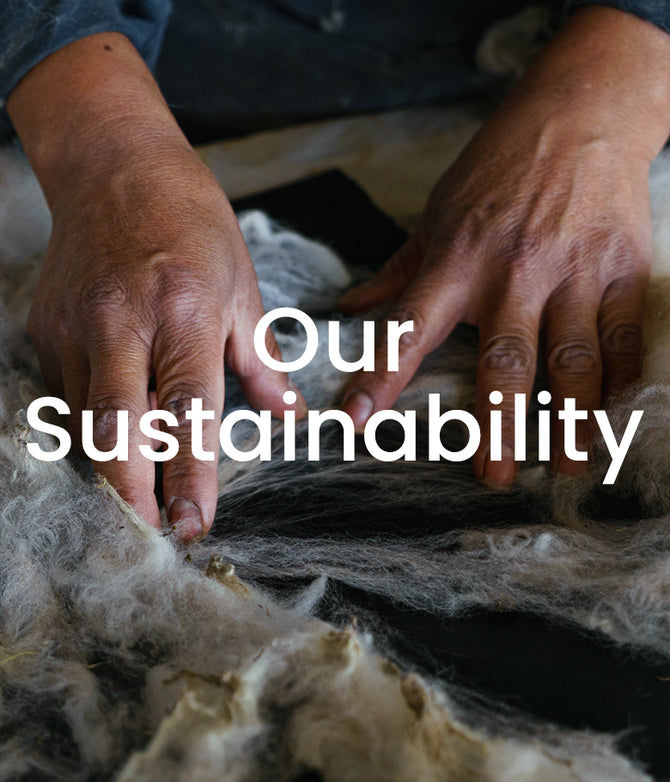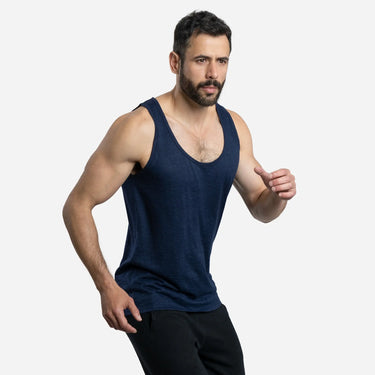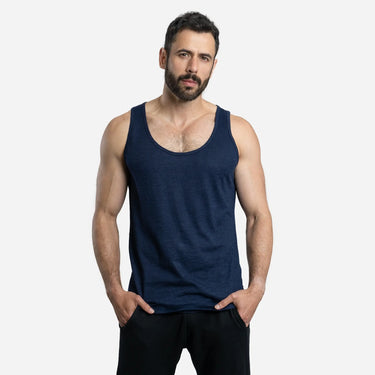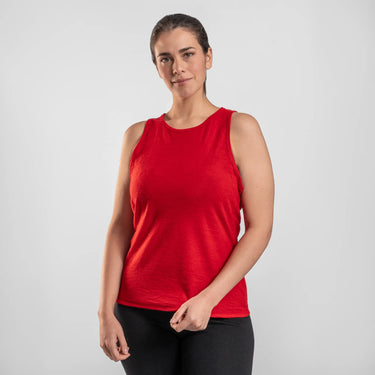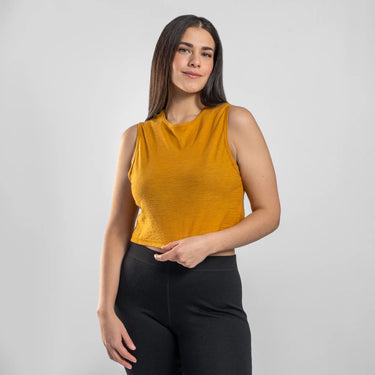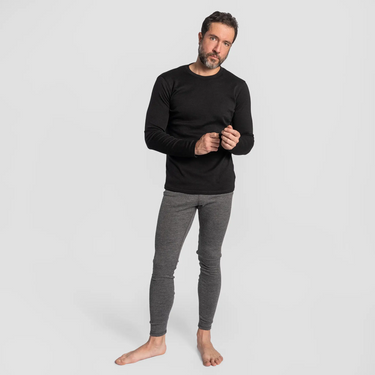7 Tips for More Sustainable Shopping
Published November 2, 2021
A study done by CGS revealed that 30% of consumers in the US and UK would stop buying from a company if they found out the brand did not practice sustainable or ethical practices. In this day and age, when many companies lack transparency, how can we be sure we are shopping eco-friendly? Let’s explore some ideas to keep in mind when shopping!
- Be a conscious consumer
- Do your research
- Value quality over quantity
- Embrace slow fashion
- Create a minimalist capsule wardrobe
- Support small businesses
- Buy second-hand
1. Be a conscious consumer
Before purchasing a product, think twice and ask yourself the following questions:
- Do I really need this?
- Will I still use it in 5 years?
- What is it made from and how is it made?
Shopping consciously means to make a decision about what you are going to buy before you go shopping, wether online or in a store. If you want to be a conscious consumer, you should shop with a plan.

2. Do your research
Before purchasing a product, look at their website, social media, and reviews of the company online. Is the company displaying what materials their product is made of and how it is being made? Do they show awards or certifications from reputable environmental agencies?
A company may claim to be “sustainable,” “eco-friendly,” and “environmentally conscious” when they are the complete opposite. Companies use greenwashing to sell products, often to the detriment of workers and the environment they are claiming to save.
Clothing that comes from unethical practices are not clothes you want to be wearing. Does the company provide its workers with fair pay and pricing for raw materials? Can you easily understand the traceability from start to finish of the product being sold? If so, this is a company whose transparency is meeting the sustainable standards we, as consumers, must hold them accountable for.
The fashion industry has a social responsibility to provide its consumers with accurate facts regarding the materials and processes in which they create their clothing. Companies, like Arms of Andes, are transparent in their promise to provide ethically sourced textiles from organic materials. Every choice we make as a consumer makes a difference in impacting the environment!

What is greenwashing?
Greenwashing is the process of misleading consumers through marketing techniques to deceptively convince them that their product is sustainable and environmentally friendly. This can be done in a variety of ways including, falsified images or labels, eye-catching keywords, products sourced from unethical practices, or facts that are not credible or supported.
To learn more about sustainability, read our article: What Is Sustainability In Fashion?.
3. Value quality over quantity
Purchase clothing made of organic materials such as alpaca wool, cotton, silk, hemp, etc. Avoid clothing made of synthetic fibers such as polyester, nylon, rayon, and acetate, which not only could take decades to decompose in landfills, but also contain harmful cancer-causing chemicals.
4. Embrace Slow Fashion
A good way to test if you should buy a piece of clothing is by calculating the cost per wear, or the cost of the item divided by how many times you wear it. Question if you really need an item and if it may only be in style for a short period of time. Before going shopping, look through your closet to see what you already have. This will help you avoid purchasing clothing that will inevitably become textile waste within a few wears.

What is slow fashion?
Slow fashion is the thoughtful purchasing of products with consideration of what materials are being used to create it, who is creating it, and how it is being distributed, with an emphasis being placed on quality clothing that will last. In opposition to fast fashion, (cheaply made, trendy clothing that is mass produced and turned into textile waste), slow fashion aims to promote sustainability in order to minimize the negative effects on the environment.
5. Create a minimalist capsule wardrobe
Buy versatile and timeless pieces that can be easily matched with other pieces. Search for trans seasonal clothing that can be utilized for different events and climates. Additionally, stick to one color palate. This way when you shop, you can easily integrate a piece into your collection. Opt for a minimalist wardrobe filled with quality clothing when possible.
6. Support small businesses

Small businesses often are more transparent with how they create their products and where they are coming from. They play a major role in the local economy and typically have a smaller carbon footprint. Large companies often overproduce, leading to more waste while small businesses make just enough. Smaller businesses are more likely than larger companies to use single source, or only one supplier, which cuts down on their environmental impact.
7. Buy second-hand
If you have a specific item in mind, try a thrift store first before heading to the mall. Oftentimes, you can find what you were looking for second-hand. Not only are these products cheaper, but they also keep clothing out of landfills. It is even better if you bring a bag of unwanted clothes to donate as well.
Scroll to top
Resources
1. CGS. “CGS 2020 Retail and Fashion Sustainability Survey: Key Finding: Sustainability will be a major factor in the eCommerce race.” Infographic. October 15, 2021. < https://www.cgsinc.com/en/resources/survey-reveals-sustainability-shopping-preferences>









